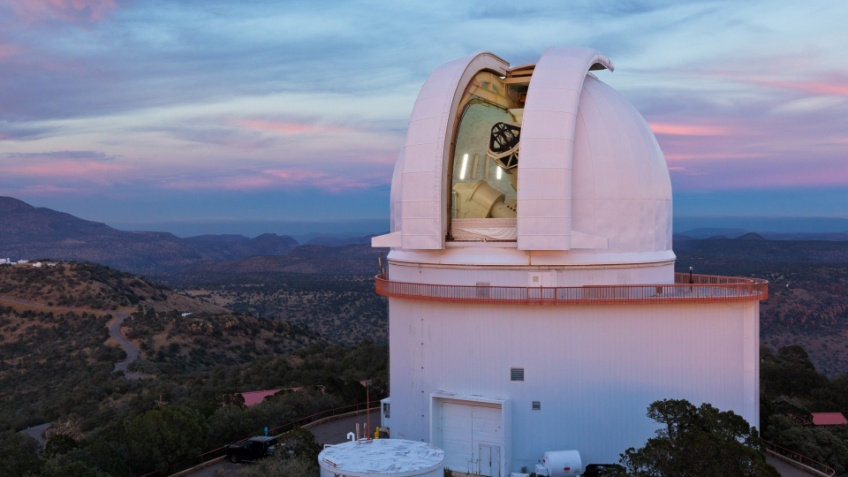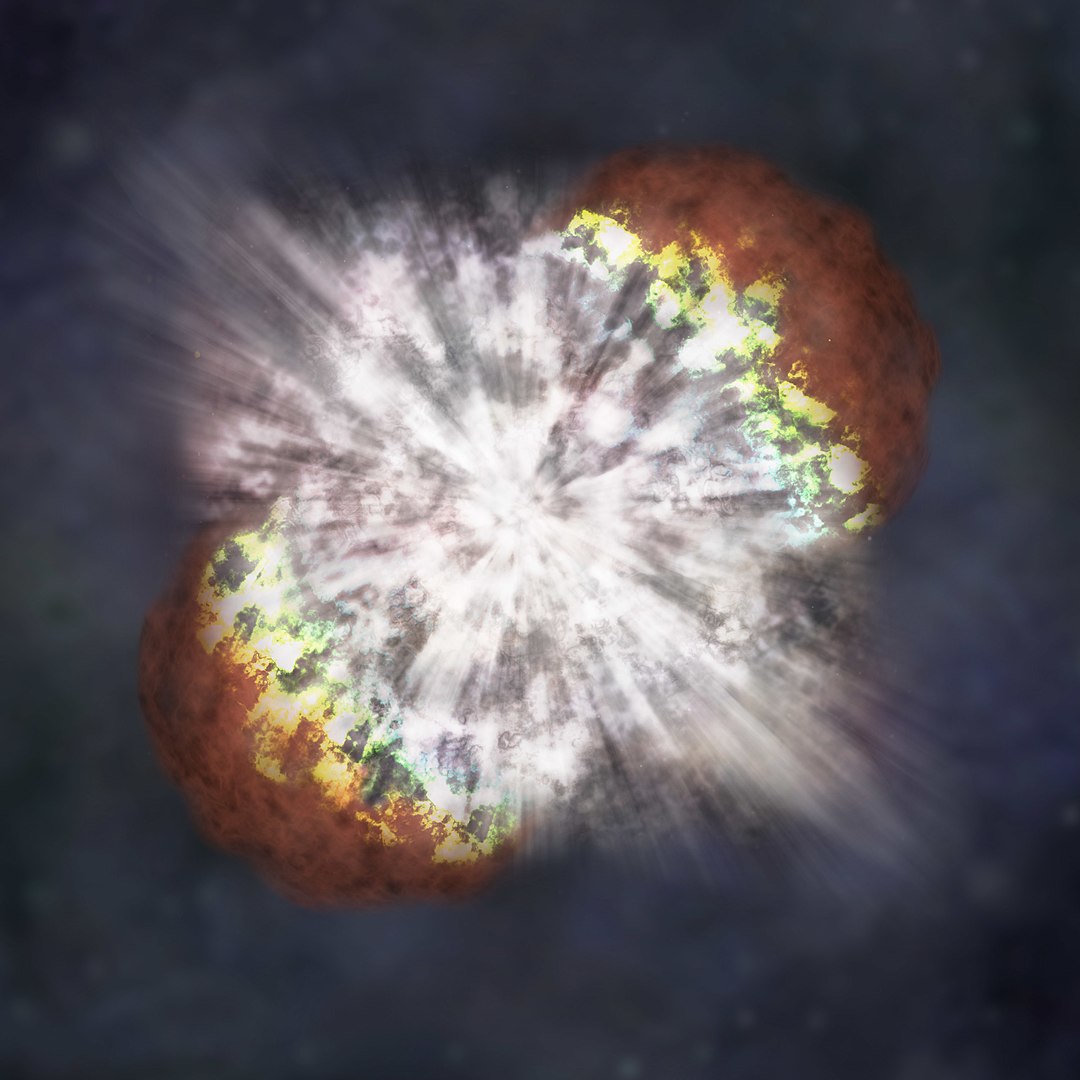Looking to do some mining in space? Need a little Ytterbium on your next flight through the galaxy? Researchers have figured out the best places in the cosmos to find this unusual but useful element.
Ytterbium (Yb) is a rare Earth element, but also a soft, silvery metal. Its primary uses are in electronics, and it was used to create the most accurate atomic clock ever built. It reacts very readily with oxygen and in that form can be used to create a protective oxide layer over other metals.
It was named after a town in Sweden, Ytterby where the element has been mined since its discovery in 1787. Three other elements are also named after the town, using variations of the village’s name for Terbium, Erbium and Yttrium.
Researchers wanted to know where Ytterbium originated and how it came to be part of our planet. A team led by Lund University in Sweden have used the McDonald Observatory in Texas to hunt for its origins in space.

What they found is that the element really is stardust, as it largely originates from two different types of supernova explosions. Researchers have come to understand that one half comes from heavy stars with short lives, while the other half comes from more regular stars, like the Sun. The latter create Ytterbium in the final stages of their relatively long lives.
“By studying stars formed at different times in the Milky Way, we have been able to investigate how fast the Ytterbium content increased in the galaxy,” said Martin Montelius, astronomy researcher at Lund University at the time of the research, and now at the University of Groningen. “What we have succeeded in doing is adding relatively young stars to the study.”
It has long been speculated that Ytterbium was created in space in, perhaps in supernova explosions and carried across the cosmos through stellar winds into planetary nebulae. There, it accumulated in the space clouds from which new stars – and planets — formed.
The researchers used a super-sensitive spectrometer, called the GRINS, the Immersion Grating INfrared Spectrometer, which is a near-IR spectrograph that can detect infrared light in high resolution. They examined the spectra of about 30 stars in the Sun’s vicinity and found that indeed, the element originates from supernovae, but surprisingly, from two different types of stars.
Their research also provides a new way for studying the evolution of our galaxy, the researchers say. Since the Ytterbium analysis was done using infrared light, it will now be possible to study large areas of the Milky Way that lie behind impenetrable dust clouds. Infrared observatories can peer through the dust in the same way that red light from a sunset can get through the Earth’s atmosphere.
“Our study opens up the possibility of mapping extensive parts of the Milky Way that have previously been unexplored,” said Rebecca Forsberg, doctoral student in astronomy at Lund University. “This means that we will be able to compare the evolutionary history in different parts of the galaxy.”
This video provides a good overview of Ytterbium and its uses:
Sources: Lund University, Paper: Chemical Evolution of Ytterbium in the Galactic Disk
Lead image caption: Artists concept of SN 2006gy, an extremely energetic supernova that was discovered on September 18, 2006. Credit: NASA/ Chandra Observatory.

